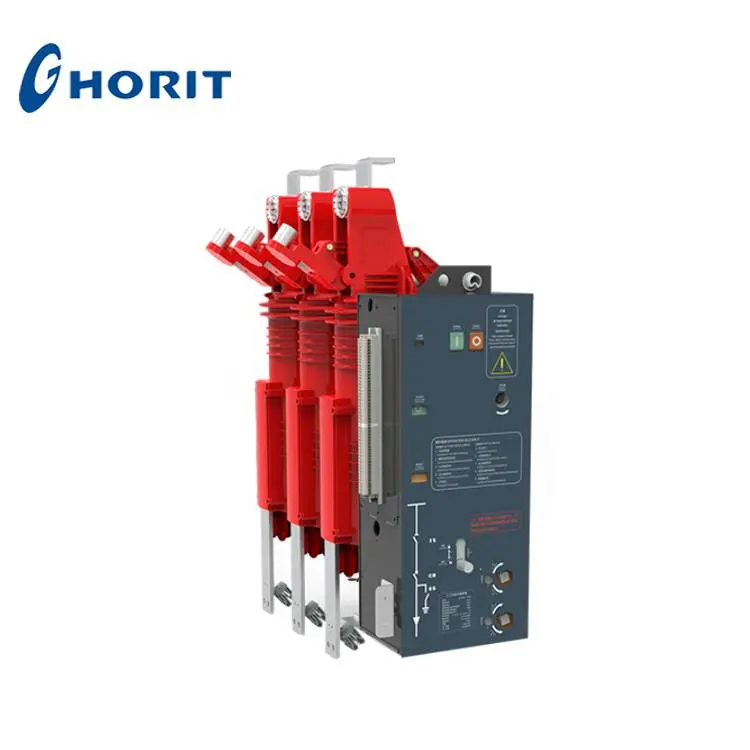Vacuum circuit breakers, or VCBs, are electrical switching devices that use vacuum technology for interrupting electric currents. They offer numerous advantages over traditional circuit breakers, including faster response times, lower maintenance, and a longer lifespan. In this article, we will provide a detailed product description, explain how to use it, and discuss the environments in which it is most effective.
Product Description
A vacuum circuit breaker consists of a vacuum bottle that contains a contact structure. When the circuit is closed, the contact structure is held in place by a spring. When the circuit is opened, the contact structure is pulled away from the contacts, creating an arc. The vacuum bottle is designed to extinguish the arc in a vacuum, preventing harm to the electrical components. VCBs are available in a range of sizes, voltage levels, and interrupting capacities, making them suitable for various environments.
Usage
Using a vacuum circuit breaker is a straightforward process. When a fault occurs in the circuit, the VCB must be opened. This can happen manually or automatically, depending on the application. In manual applications, the VCB can be opened with a handle or switch. In automatic applications, sensors detect a fault, and the VCB opens automatically.
Environment
Vacuum circuit breakers are suitable for a range of environments, including industrial sites and power plants. They are commonly used to protect generators, transformers, and other electrical equipment. VCBs are preferred over traditional circuit breakers in environments where fast response times are essential. They are also suitable for high-voltage applications where a high level of reliability is required. VCBs are low-maintenance, making them ideal for environments where servicing can be challenging, such as offshore oil rigs or remote sites.
Advantages
VCBs offer numerous advantages over traditional circuit breakers. Firstly, they have a faster response time, making them more suitable for high-speed applications. Secondly, they are low-maintenance and have a longer lifespan, resulting in lower costs over time. Finally, they operate silently and do not produce any harmful gases, making them an environmentally-friendly option.
Considerations
When considering a vacuum circuit breaker, it is essential to choose the right size, voltage level, and interrupting capacity. VCBs are more expensive than traditional circuit breakers, but the cost is justified by their numerous advantages. It is also important to ensure that the VCB is installed and maintained correctly to ensure that it operates effectively when needed.
Conclusion
In conclusion, vacuum circuit breakers offer numerous advantages over traditional circuit breakers, including faster response times, lower maintenance, and a longer lifespan. They are suitable for a range of environments, including industrial sites and power plants, and are ideal for high-speed applications. When considering a VCB, it is important to choose the right size, voltage level, and interrupting capacity. They may be more expensive than traditional circuit breakers, but the benefits make them a worthwhile investment. By choosing a vacuum circuit breaker, you can enhance the safety and reliability of your electrical systems.


Post time: May-26-2023
